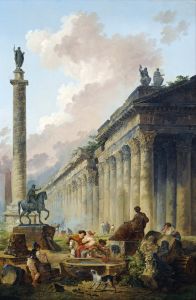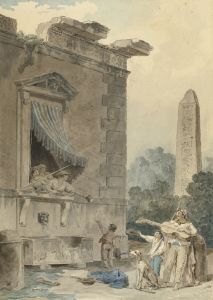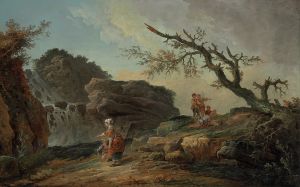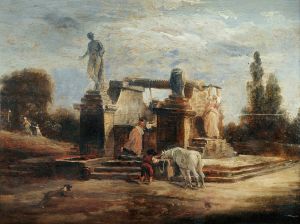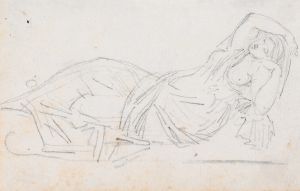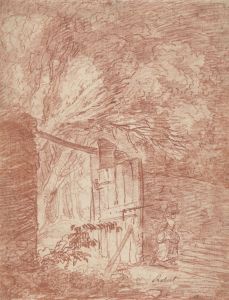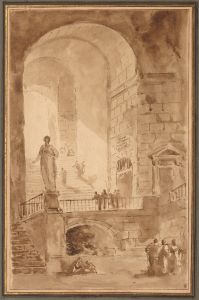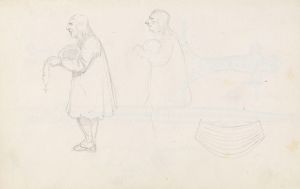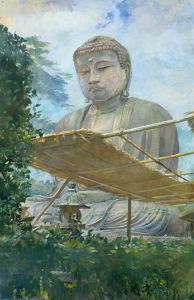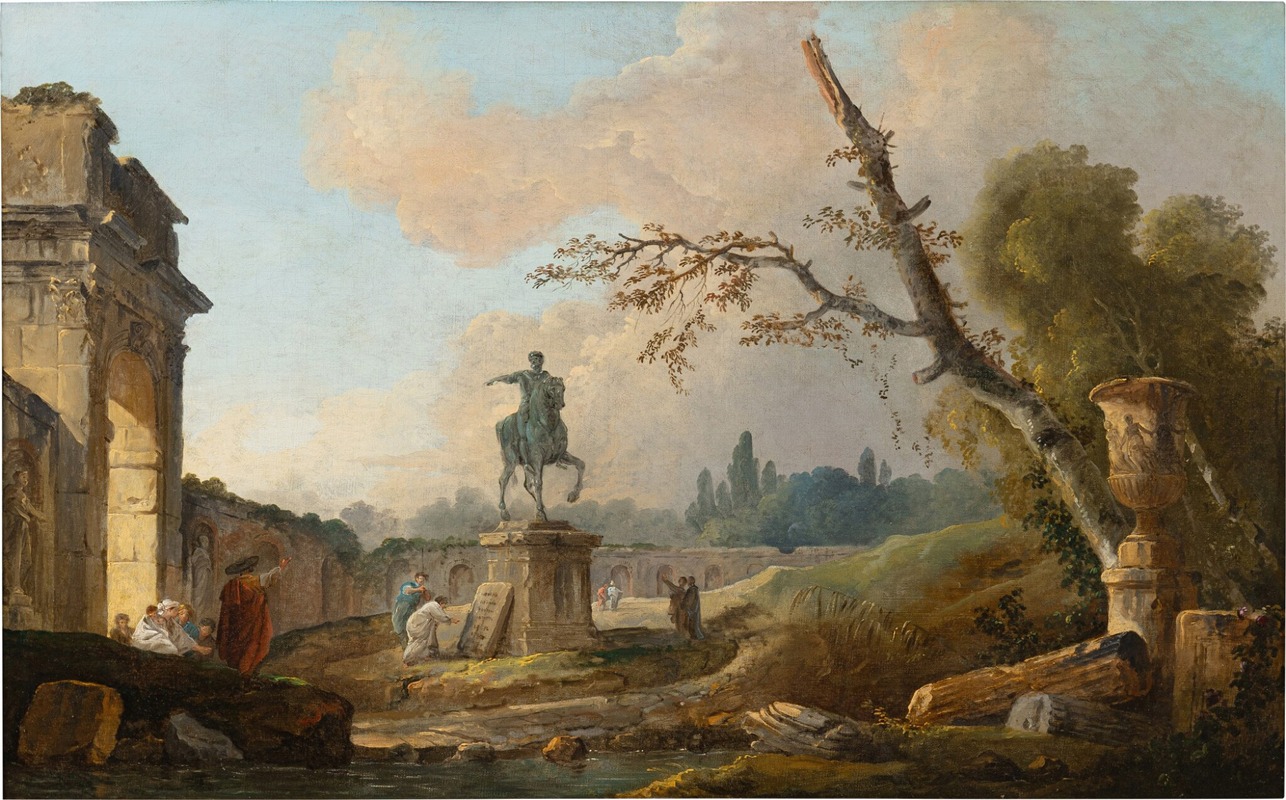
Landscape with ruins and the statue of Marcus Aurelius
A hand-painted replica of Hubert Robert’s masterpiece Landscape with ruins and the statue of Marcus Aurelius, meticulously crafted by professional artists to capture the true essence of the original. Each piece is created with museum-quality canvas and rare mineral pigments, carefully painted by experienced artists with delicate brushstrokes and rich, layered colors to perfectly recreate the texture of the original artwork. Unlike machine-printed reproductions, this hand-painted version brings the painting to life, infused with the artist’s emotions and skill in every stroke. Whether for personal collection or home decoration, it instantly elevates the artistic atmosphere of any space.
Hubert Robert was a prominent French painter known for his landscapes and capriccios, which often featured classical ruins and imaginative architectural compositions. One of his notable works is "Landscape with Ruins and the Statue of Marcus Aurelius," a painting that exemplifies his fascination with the interplay between nature and the remnants of human civilization.
Hubert Robert was born in Paris in 1733 and became one of the most celebrated artists of his time. He studied in Rome from 1754 to 1765, where he was deeply influenced by the ancient ruins and the work of Giovanni Paolo Panini, an Italian painter known for his vedute and capricci. This period in Rome was formative for Robert, as it shaped his artistic vision and thematic focus on ruins and landscapes.
"Landscape with Ruins and the Statue of Marcus Aurelius" reflects Robert's skill in combining real and imagined elements to create a harmonious composition. The painting features a landscape dominated by classical ruins, with a prominent statue of Marcus Aurelius, the Roman emperor known for his philosophical writings and leadership. The statue is likely inspired by the famous equestrian statue of Marcus Aurelius that stands in the Piazza del Campidoglio in Rome. This statue is one of the few surviving bronze statues of a pre-Christian Roman emperor, as many others were melted down during the Middle Ages.
In Robert's painting, the ruins are depicted with a romantic sensibility, emphasizing the beauty and grandeur of decay. The landscape is lush and overgrown, suggesting the passage of time and the inevitable reclaiming of human structures by nature. This theme of nature's dominance over human endeavors is a recurring motif in Robert's work, reflecting the 18th-century Romantic fascination with the sublime and the transient nature of human achievements.
Robert's technique in this painting showcases his mastery of light and shadow, creating a sense of depth and atmosphere. The use of warm, earthy tones and soft brushstrokes adds to the painting's dreamlike quality, inviting viewers to reflect on the historical and philosophical implications of the scene. The juxtaposition of the enduring statue with the crumbling ruins serves as a meditation on the legacy of past civilizations and the enduring nature of art and culture.
Throughout his career, Hubert Robert was known for his ability to evoke emotion and contemplation through his landscapes. His works were highly sought after by collectors and patrons, and he enjoyed a successful career as a painter, decorator, and curator. Robert's paintings, including "Landscape with Ruins and the Statue of Marcus Aurelius," continue to be appreciated for their artistic merit and their ability to transport viewers to a world where history and imagination intertwine.
In summary, "Landscape with Ruins and the Statue of Marcus Aurelius" is a quintessential example of Hubert Robert's artistic style and thematic interests. Through his depiction of ruins and the statue, Robert invites viewers to ponder the passage of time, the resilience of art, and the relationship between humanity and nature.






